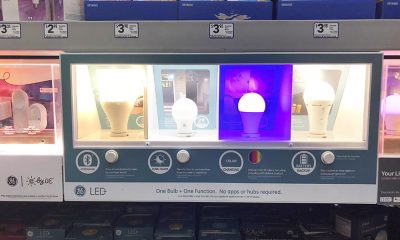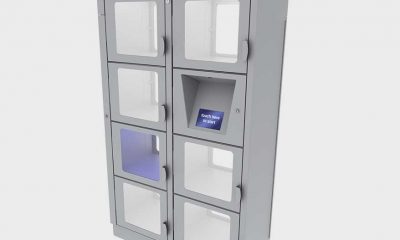When I walk through retail environments, I am on constant alert – looking for innovative design concepts, unique displays and the ways consumers engage with their surroundings.
Recently, I was walking through a department store and noticed a mother shopping with her young child. The little boy, not much older than three, sat quietly playing with his mother’s iPhone. I was intrigued by this young person – barely able to form a sentence – using such advanced technology with ease. Later on, I passed the family again. The child, now removed from the stroller, ran up to a nearby kiosk and began playing. The thing is, while he may have just been playing, he was using the kiosk correctly – scrolling through images and clicking on various options.
This got me thinking…
As the Creative Director for an in-store merchandising company, I take into account a woman’s perspective. Statistically, women have been noted to account for 85% of all consumer purchases. But, what about kids? How do we consider their influence in retail merchandising?
While I am unsure on the exact percentage, a child’s influence extends beyond the toy and fashion industries through the food, beverage, confectionary, and technology. Their influence provides them with a power over a variety of purchases but, in turn, provides marketers with a greater target audience. A child’s influence depends on the specific product but remains relevant regardless of the industry. So, how do we attract them?
As explained by Jeff Simpson, director of Deloitte Consulting LLD, “Retailers should focus on designing and building customer experiences that play to how their customers are shopping for their products.” For children, their willingness to experiment and use technology is a key consideration when merchandising; however, displays must have a broad appeal – attracting both children and their parents.
Advertisement
Luckily, trends show that adults are widely embracing and understanding new technology as well. Adults, making the purchasing choices for the baby/toddler industry, show increases in digital behavior. “The digital influence in the baby/toddler category jumped from 39% to 52% in one year while 56% of consumers shopping baby/toddler items consult social media for assistance.”
Because of these trends, we will see more interactive (specifically kiosks) used to capture children’s’ interests.
Consider the following examples:
-
Creative Kingdoms (a subsidiary of Great Wolf Resorts) has brought gaming to life with their new interactive kiosk. The kiosk uses technology to provide kids with a personal interaction and engage them in an adventure with various characters and games throughout the lodge.
In each of these examples, you notice the word interact. Branded interactive experiences engage children and ultimately create a positive association (hopefully forging brand loyalty at an early age).
The importance of interaction is just the half of it though. We must also consider how to design kiosks for children.
In short, I’ll leave you with my top 4 essential considerations for designing kid-friendly kiosks:
Advertisement
1.) Think colors
Kids are attracted to visually stimulating things. Merchandising for kids should include colors or lighting and shapes that form neurological connections to play or entertainment experiences for them.
2.) Remember the buyer
Kids influence the purchase but may not always be the end-buyer. Designs should attract kids and then connect with the parent as well.
3.) Know your brand
Kids recognize brands from an early age. Most kids know LEGOs or Elmo just as well as they know Mom and Dad. To forge brand loyalty from an early age, make sure every visual detail is on brand.
Advertisement
4.) Let them play
Kids are drawn to action. Let them touch, feel and listen – let them play!
Author: Ryan Lepianka, Creative Director, Frank Mayer and Associates, Inc.
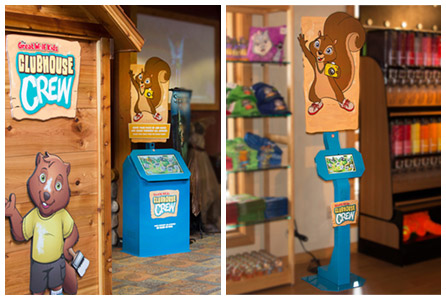
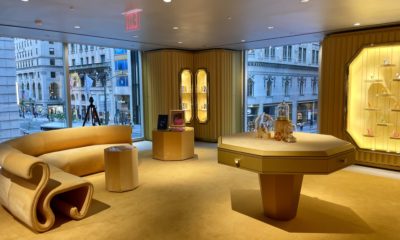
 Eric Feigenbaum1 week ago
Eric Feigenbaum1 week ago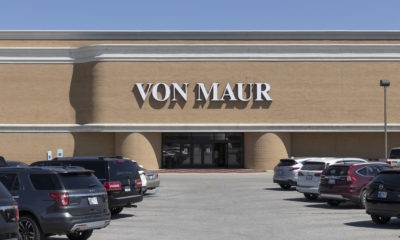
 Headlines1 week ago
Headlines1 week ago
 Headlines2 weeks ago
Headlines2 weeks ago
 Headlines2 weeks ago
Headlines2 weeks ago
 Headlines1 week ago
Headlines1 week ago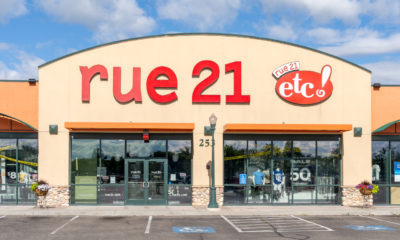
 Headlines7 days ago
Headlines7 days ago
 Blogs & Perspectives1 week ago
Blogs & Perspectives1 week ago


